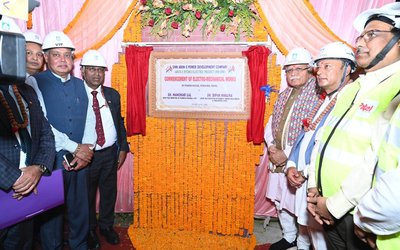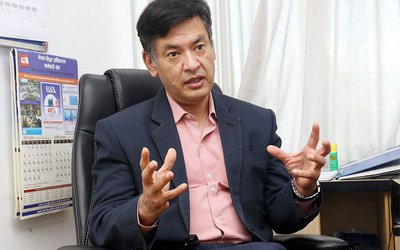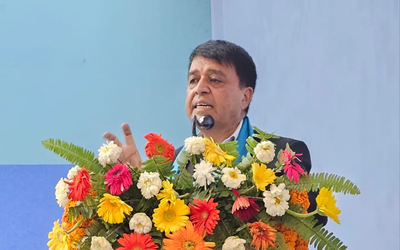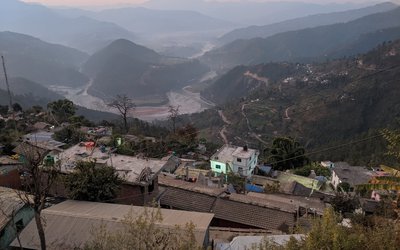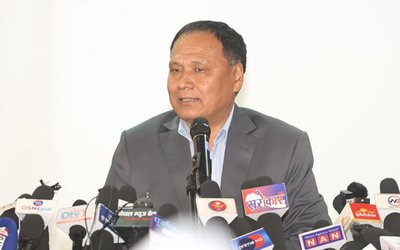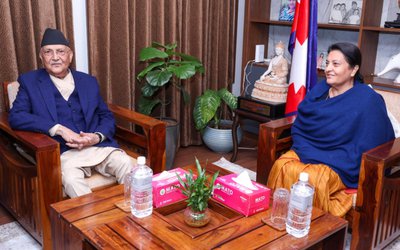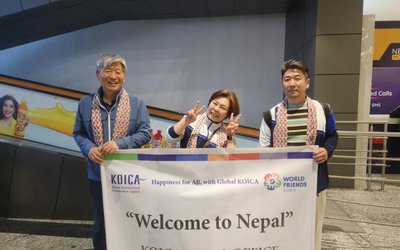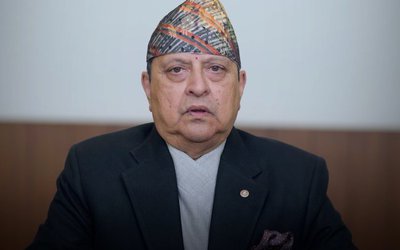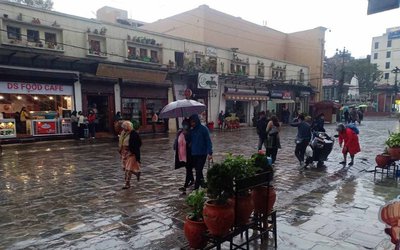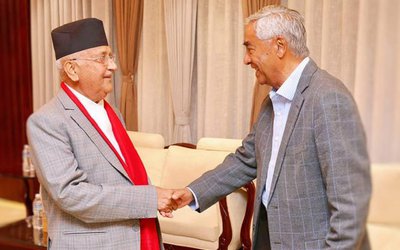
As South Asia reels from the impacts of unprecedented economic shocks, migration can boost its recovery and support long-term development, says the World Bank in its latest regional economic update. Coping with Shocks: Migration and the Road to Resilience is the subject of a two-day conference that opens today, organized by the Institute for Integrated Development Studies and the World Bank. The conference provides academics and researchers a platform to discuss the current situation, challenges and advancements related to migration in South Asia.
Migration drives economic growth as it allows people to move to where they are more productive. International migrants from Bangladesh, Nepal, Pakistan, and Sri Lanka who work in the Gulf states, for example, earn up to five times what they would at home and help generate some of the largest remittance inflows in the world. Nepal derives an estimated 20 percent of its income from remittance inflows, and in Bangladesh and Pakistan, remittance revenue accounts for 6 and 8 percent of GDP, respectively. Migration also allows people to adjust to local economic shocks, such as extreme-weather disasters, to which South Asia’s rural poor are highly vulnerable.
“While migration has numerous economic benefits, the costs of moving such as credit constraints, lack of information, and labor market frictions prevent them from being fully realized,” said Eaknarayan Aryal, Secretary, Ministry of Labor, Employment, and Social Security in Nepal. “Nepal and countries across South Asia must work to facilitate labor mobility as doing so is vital to the region’s recovery and resilience to future shocks.”
Poor South Asian migrants, many of whom hold temporary jobs in the informal sector, face several challenges such as precarious labor market conditions, visas tied to employment, and limited access to social protection. The COVID-19 pandemic exposed their long-standing vulnerabilities as they were disproportionately affected by restrictions to movement. However, the later phase of the pandemic has highlighted the crucial role migration can play in facilitating recovery. Survey data from the report suggests that in late 2021 and early 2022, migration flows are associated with movement from areas hit hard by the pandemic to those that were not, thus helping equilibrate demand and supply of labor in the aftermath of the COVID-19 shock. In Nepal, by late 2021, migrants were 13 percentage points more likely to be employed than those who did not migrate after facing job loss during the early months of the pandemic.
“Migration is picking up again in South Asia, but remains slow and uneven, raising concerns that the pandemic shock has had long-term impacts on the costs and frictions associated with it,” said Hans Timmer, World Bank Chief Economist for South Asia. “Policymakers must address these often-prohibitive costs and frictions and incorporate measures to de-risk migration.”
The report offers several recommendations on cutting the high costs of migration, including drawing bilateral and multilateral agreements, strengthening the remittance infrastructure, and offering information and training programs to help potential migrants make better decisions about moving. It also offers recommendations on de-risking migration through means such as more flexible visa policies, mechanisms to support migrant workers during shocks, and social protection programs.
“South Asia is the largest beneficiary of remittance in the world. Remittance has played a central role in alleviating poverty, coping with economic shocks, and making substantial progress toward sustainable development goals in Nepal,” said Dr. Biswash Gauchan, IIDS Executive Chair. “However, the socioeconomic and political cost of migration is also very high in the country where a substantial number of the working-age population has gone abroad in search of employment. IIDS is happy to host this regional conference on this crucial theme in Nepal in collaboration with the World Bank, particularly in the aftermath of the COVID-19.”
- New Korea Overseas Volunteers Arrived In Nepal
- Apr 29, 2025
- Weather: Possibility Of Rain And Snowfall At some Places Today
- Apr 28, 2025
- Weather To Remain Partly To Generally Cloudy
- Apr 27, 2025
- KOICA Concludes Integrated Rural Development Project Worth 4.7 Million USD
- Apr 25, 2025
- Budget session Of Federal Parliament Begins Today
- Apr 25, 2025
